
In the accelerating shift towards electric vehicles, one question has consistently lingered in the minds of prospective buyers and industry observers alike: How long do EV batteries truly last? For years, skepticism about battery degradation and the potential for costly replacements created a significant barrier to widespread adoption. Early narratives often sensationalized battery failures, leading to a general apprehension about the long-term reliability of electric cars. This concern, while understandable, has increasingly been challenged by real-world data and comprehensive studies.
However, a growing body of evidence, much of it emerging from the experiences of dedicated owners and rigorous academic research, is now comprehensively dismantling these widespread misconceptions. What we are seeing is not a future of disposable electric vehicles, but rather a landscape where modern EV batteries are proving to be remarkably robust, often outlasting the vehicles themselves. This shift in understanding is critical for building consumer trust and accelerating the transition to sustainable transportation.
This article delves into the impressive longevity of electric vehicles, spotlighting specific models that have shattered expectations by clocking hundreds of thousands of miles on their original battery packs. We’ll explore these high-mileage champions, drawing from the experiences of owners and detailed reports that showcase the true endurance of electric vehicle technology. These examples serve as powerful testimonials to the advancements in battery management and engineering, offering practical insights into what consumers can realistically expect from their EV investment.

1. **Hyundai Ioniq 5: Setting New Benchmarks**: News recently surfaced from South Korea, where a Hyundai Ioniq 5 owner achieved an extraordinary feat, clocking a staggering 360,000 miles (579,363 km) on the vehicle’s original battery. This remarkable accomplishment stands as a testament to the robust engineering and impressive durability of modern electric vehicle technology. Such real-world performance data offers a powerful counter-narrative to earlier industry anxieties regarding EV battery lifespan.
The owner, a regular contributor to a Facebook group aptly named “Mileage Impossible,” highlighted that even after reaching this incredible distance, Hyundai generously offered a free battery replacement. This offer came despite the vehicle being well beyond its standard warranty period, indicating a strong commitment from the manufacturer to collect valuable long-term data. It also underscores the potential for manufacturer support even in exceptional circumstances.
Perhaps the most astonishing aspect of this Ioniq 5’s journey is the reported state of its original battery pack. According to Electrek, the battery was still showing an impressive 87% of its original health. This level of retention is particularly noteworthy given that the owner reportedly relied almost exclusively on DC fast charging, a practice often theorized to accelerate battery degradation. This suggests that modern battery designs and thermal management systems are far more resilient than previously imagined.
While the journey wasn’t entirely without its minor hiccups, such as a reported Integrated Charging Control Unit (ICCU) failure preventing Level 1 and Level 2 AC charging, the overall picture is one of remarkable endurance. Standard maintenance and general wear and tear are to be expected with any vehicle covering such vast distances. This high-mileage Hyundai Ioniq 5 stands as a shining example of just how robust and reliable a modern EV can be when properly maintained and driven, proving that concerns about premature battery failure are largely unfounded.

2. **Tesla Model S: The Pioneer of Endurance**: Long before many mainstream electric vehicles even hit the road, the Tesla Model S began building a reputation for impressive longevity, particularly in demanding conditions. One striking example, highlighted by Inside EVs, involved a Model S owner who utilized their vehicle as a taxi service, accumulating a monumental 70,000 miles (112,650 km) annually. At the last official count, this pioneering EV had accumulated a staggering 424,000 miles (682,361 km) on its odometer, solidifying its status as a true road warrior.
This particular Model S demonstrated its endurance through a rigorous operational life, navigating the constant demands of commercial use. The battery pack, a critical component, was replaced under warranty at 250,000 miles (402,335 km), showcasing that manufacturer warranties often provide robust coverage for significant mileage. Furthermore, the front motor was replaced at 380,000 miles (611,550 km), yet impressively, the original rear motor unit continued to operate reliably, a testament to the durability of Tesla’s drivetrain components.
Naturally, a vehicle traversing such immense distances requires attention to general wear and tear, similar to any combustion engine counterpart. The report noted that components such as rear axles, suspension elements, and the AC compressor all required replacement over its lifespan. These are routine maintenance items for any car covering hundreds of thousands of miles, rather than specific flaws inherent to electric powertrains. Such replacements are a normal part of maintaining vehicle integrity over extended periods of heavy use.
What this Model S unequivocally demonstrates is the exceptional capability of early Tesla vehicles to endure prolonged, high-mileage operation. It provides compelling evidence that a well-maintained electric vehicle can not only match but often surpass the longevity expectations of traditional gasoline-powered cars. This real-world proof-of-concept helped pave the way for greater consumer confidence in the long-term viability of electric mobility.
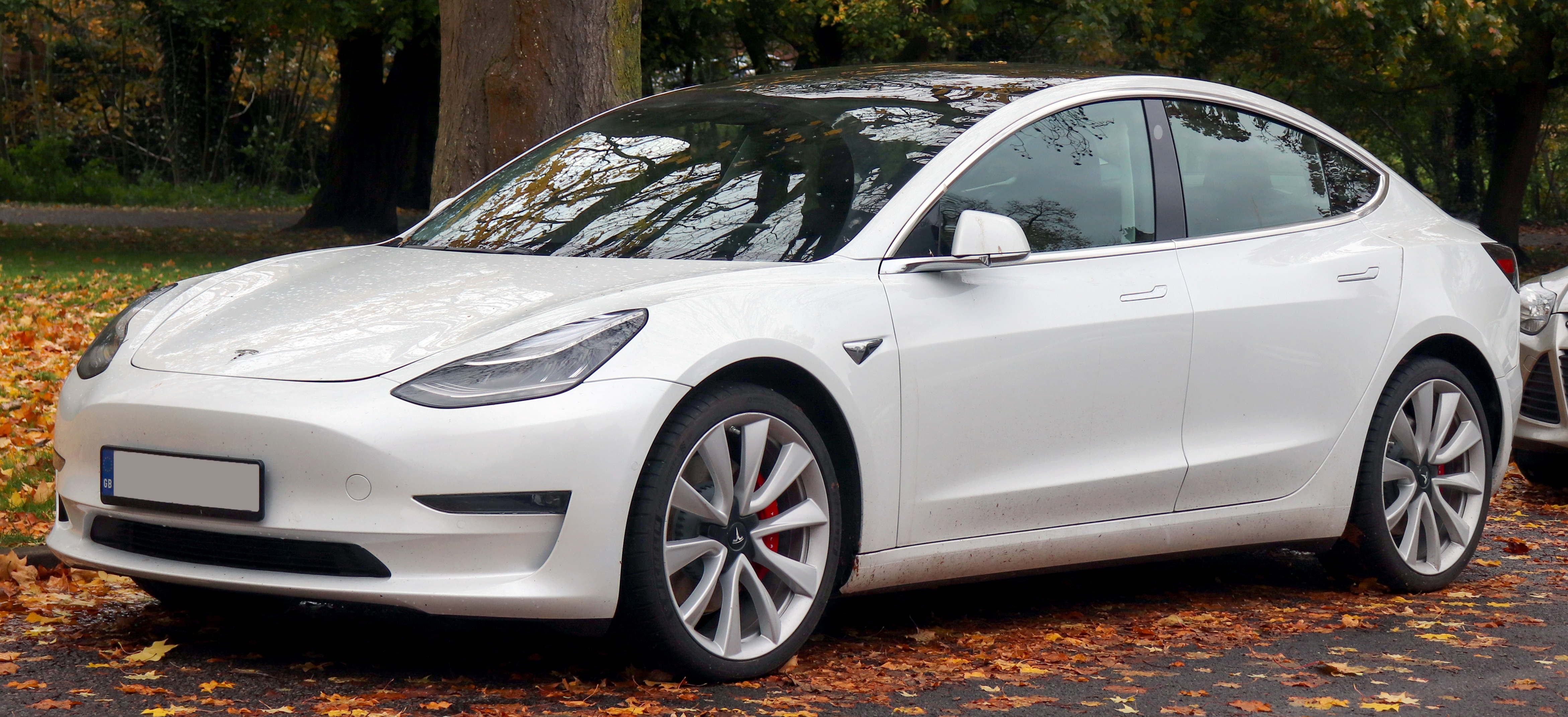
3. **Tesla Model 3: Real-World Resilience**: Following in the tire tracks of its larger sibling, the Tesla Model 3 has also garnered significant attention for its remarkable real-world durability and battery longevity. While perhaps lacking the extensive video documentation of some other high-mileage EVs, one Model 3 owner took to Twitter in 2022 to proudly share an image of their Model 3 Long Range Dual Motor hitting an impressive 500,000 km, which translates to approximately 310,685 miles. This achievement further underscores the inherent resilience built into Tesla’s more accessible models.
According to the owner’s account, this incredible mileage was achieved while still utilizing the original battery pack, electric motors, and even the brakes. While the retention of original brakes after such a distance might raise some eyebrows, it hints at driving habits that emphasize regenerative braking, a key feature in EVs that significantly reduces wear on physical brake components. The owner clarified that a substantial 90% of their driving occurred at highway speeds, a factor that can influence both battery degradation rates and brake wear.
Beyond routine consumables like tires, the maintenance record for this Model 3 was remarkably sparse. The only reported significant repair was the replacement of a drivetrain oil pump at 286,000 miles (460,000 km). What’s more, the cost associated with this repair was notably low, reportedly just 250 Canadian Dollars ($194 USD). Such minimal repair costs for a major component after such extensive use highlight the reduced complexity and potentially lower long-term ownership costs of electric powertrains.
This Model 3’s journey is a compelling example of how a popular electric vehicle, under typical though high-mileage use, can demonstrate extraordinary endurance. It reinforces the idea that electric cars, especially those from manufacturers with mature battery and drivetrain technology, are built to last. The low incidence of major component failure in this instance provides concrete reassurance to consumers worried about the long-term reliability of EV technology, particularly the core powertrain elements.
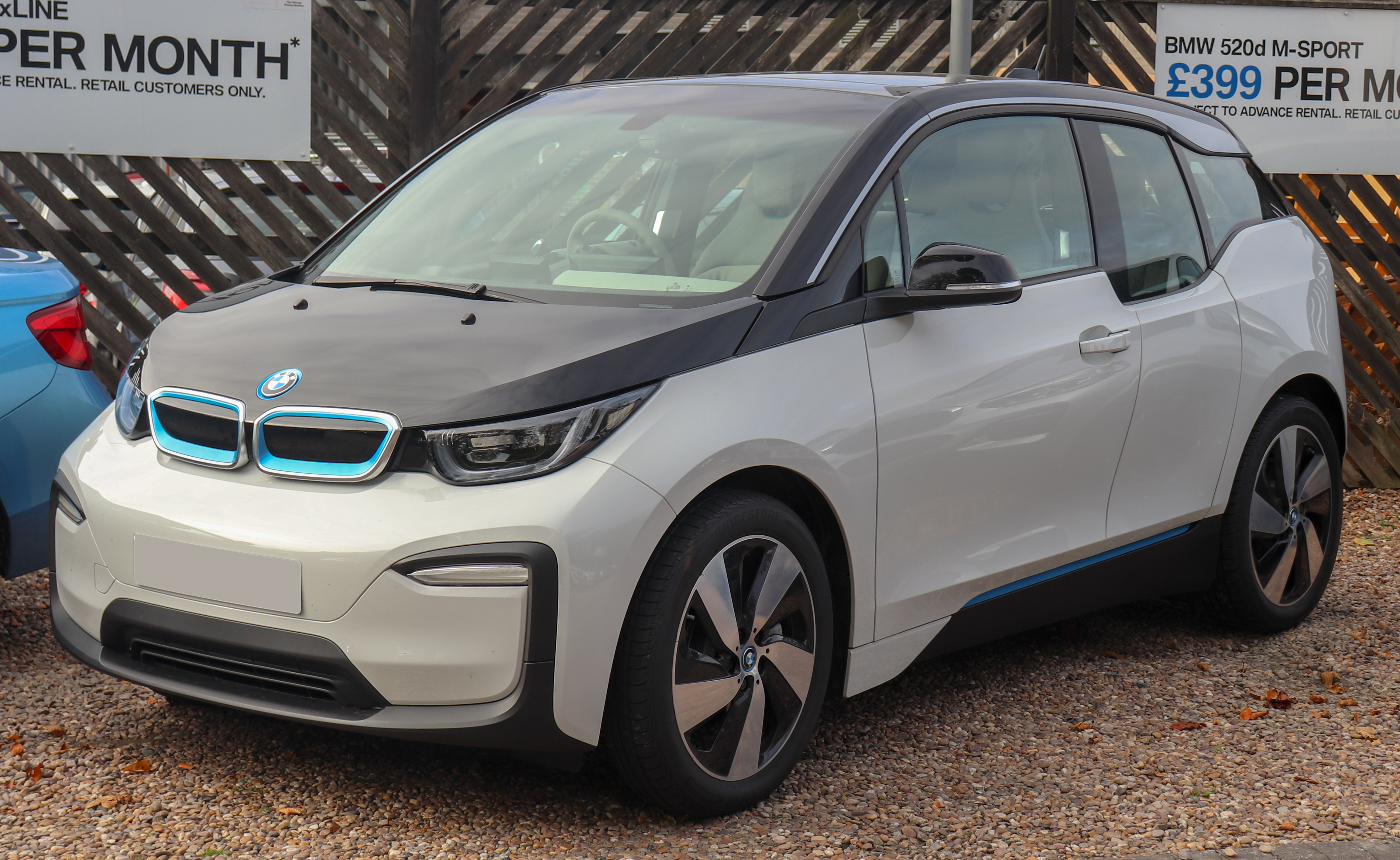
4. **BMW i3: Proving Range Extenders Can Go the Distance**: BMW’s innovative i3, especially its range extender variant, often sparks discussion due to its unique design and smaller battery coupled with a gasoline generator. Despite initial questions about how such a configuration would perform over the long haul, owners have definitively proven its endurance. In 2019, BMW itself celebrated Shaun Maidment, an i3 owner in South Africa, who had amassed an incredible 200,000 km in his first-generation 60Ah model in just three years of ownership. This early milestone underscored the i3’s unexpected stamina.
An update in 2022 further solidified the i3’s reputation, with Maidment’s vehicle having accumulated 187,000 miles (301,998 km). It is important to note that this specific i3 was the range extender model, meaning its smaller battery pack provided around 126 miles of electric-only range, with the petrol engine acting as a generator to extend the total range to approximately 200 miles. This design allows for fewer deep discharge cycles on the battery, potentially contributing to its impressive longevity despite being a smaller unit.
The i3’s performance, particularly in this high-mileage context, serves as a powerful rebuttal to those who doubted the long-term viability of electric cars, especially those with more complex range-extending systems. It demonstrates that even vehicles with smaller battery capacities, when intelligently managed and supported by a robust design, can achieve remarkable distances. The fact that a car not primarily designed for ultra-high electric mileage reached these figures is a significant achievement for EV technology as a whole.
Shaun Maidment’s experience with his BMW i3 highlights that even niche electric vehicle designs can deliver exceptional reliability and longevity. It emphasizes that the core electric powertrain components, including the battery, are capable of withstanding considerable use over many years. This example broadens the understanding of EV durability, showing that various approaches to electric propulsion can lead to enduring and dependable vehicles, challenging any preconceived notions about what constitutes a “long-lasting” EV.
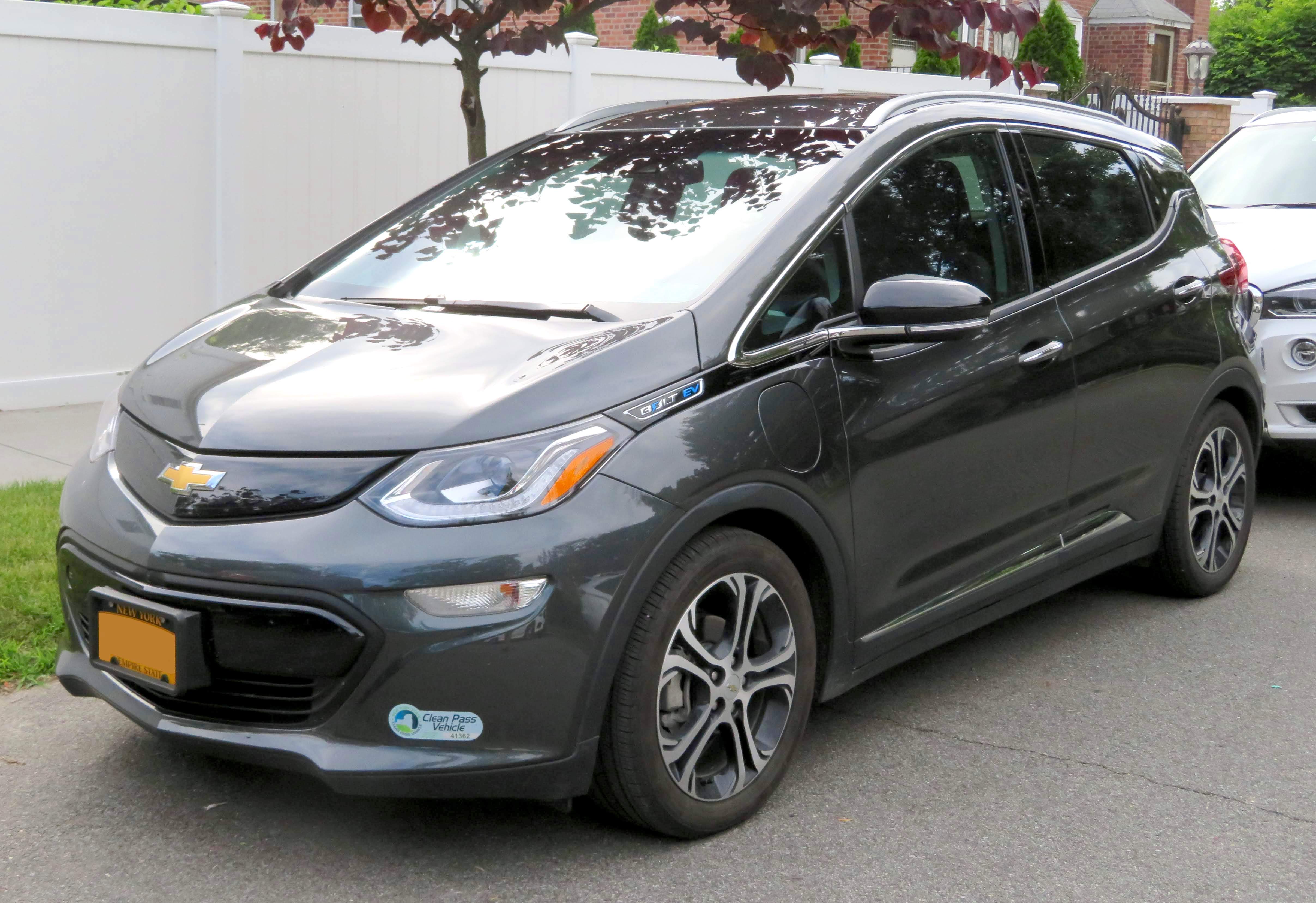
5. **Chevrolet Bolt: Community-Verified Durability**: The Chevrolet Bolt, a more mainstream electric vehicle, has also quietly built a strong reputation for battery longevity, often evidenced by its dedicated owner community. The Chevy Bolt forums are a vibrant hub where members frequently share their mileage achievements, continuously striving to outdo one another in demonstrating the durability of their vehicles. This community-driven data provides valuable, real-world insights into the vehicle’s performance over time.
One particularly compelling video emerged from these community discussions, showcasing a Chevrolet Bolt owner who achieved a staggering 138,000 miles (222,089 km) on the vehicle’s original battery. What makes this example even more impressive is that a second battery in the same vehicle was still performing strongly after accumulating an additional 122,000 miles (196,339 km). This cumulative total of 300,000 miles and counting for the vehicle provides substantial proof of its robust design.
The owner, a content creator, has diligently documented the life of his 2019 model through various videos on YouTube. This transparency offers invaluable long-term data for prospective buyers and enthusiasts, showcasing the car’s ability to maintain performance and utility over extensive periods. Such documentation from actual users is crucial in building confidence and debunking myths surrounding electric vehicle battery lifespans.
The Chevrolet Bolt’s performance in these high-mileage scenarios underscores the fact that durable, long-lasting electric vehicles are not exclusive to premium or luxury brands. It demonstrates that accessible EVs can also deliver exceptional reliability and battery health over many years and hundreds of thousands of miles. This widespread, user-verified longevity is a powerful indicator that the anxieties around EV battery life are largely unfounded, even for mass-market offerings.
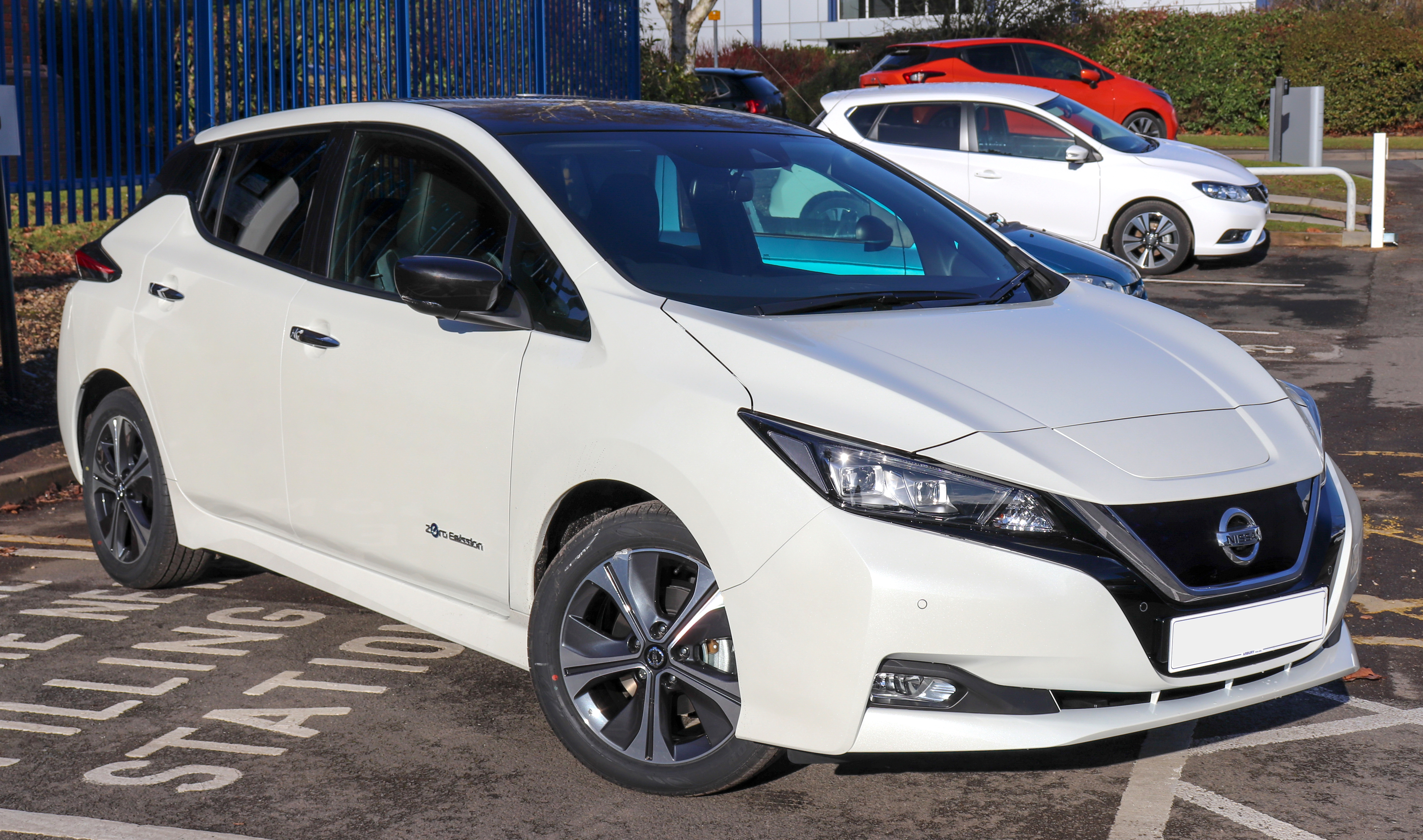
6. **Nissan Leaf: The Enduring Pioneer**: Long before today’s advanced battery technologies, the first-generation Nissan Leaf was introduced, sparking debates about EV battery lifespan. Despite these early anxieties, real-world examples continue to emerge that highlight the Leaf’s surprising endurance. One notable driver in Washington managed to push his first-generation Nissan Leaf to a remarkable 150,000 miles on its original battery pack, defying initial industry worries that EV batteries wouldn’t last five years.
While the owner, Steve Marsh, reported considerable battery fade over the years, the sheer fact that the original pack went the distance is a powerful testament to its capability. This particular battery technology is now 16 years old, yet it still offered an impressive 60% capacity. This remaining capacity translated to a usable range of approximately 35 miles in warm weather, proving its functional resilience.
Marsh’s achievement underscores that even with older electric vehicle technology, batteries were built with a surprising degree of robustness. For him, reaching 150,000 miles was less about daily utility for his original Leaf and more about a “proof of capability.” This example provides crucial historical context, showing how early EV batteries laid the groundwork for the exceptional longevity we see in modern vehicles today.

7. **Tesla Model Y: Building on Proven Foundations**: Following the groundbreaking success and endurance of the Model 3, the Tesla Model Y has quickly established its own reputation for robust battery health and long-term reliability. As a popular crossover, it shares much of its underlying technology with the Model 3, benefiting from Tesla’s continuous advancements in battery management systems and electric powertrain engineering. This inherent design strength places the Model Y firmly among the high-mileage champions.
Data from a substantial cohort of Teslas, detailed in the company’s 2023 Impact Report, indicates exceptional longevity for these widely adopted models. Specifically, the batteries in the Model 3 and Model Y, on average, showed a mere 15% loss of their original capacity even after accumulating an impressive 200,000 miles of use. This collective data provides robust evidence of their enduring performance.
This impressive retention rate for the Model Y, alongside its sibling, reinforces Tesla’s commitment to designing vehicles that are not only high-performing but also remarkably durable over extensive periods. For consumers, this translates into peace of mind regarding the long-term value and usability of their investment, challenging any lingering doubts about the lifespan of modern EV batteries.
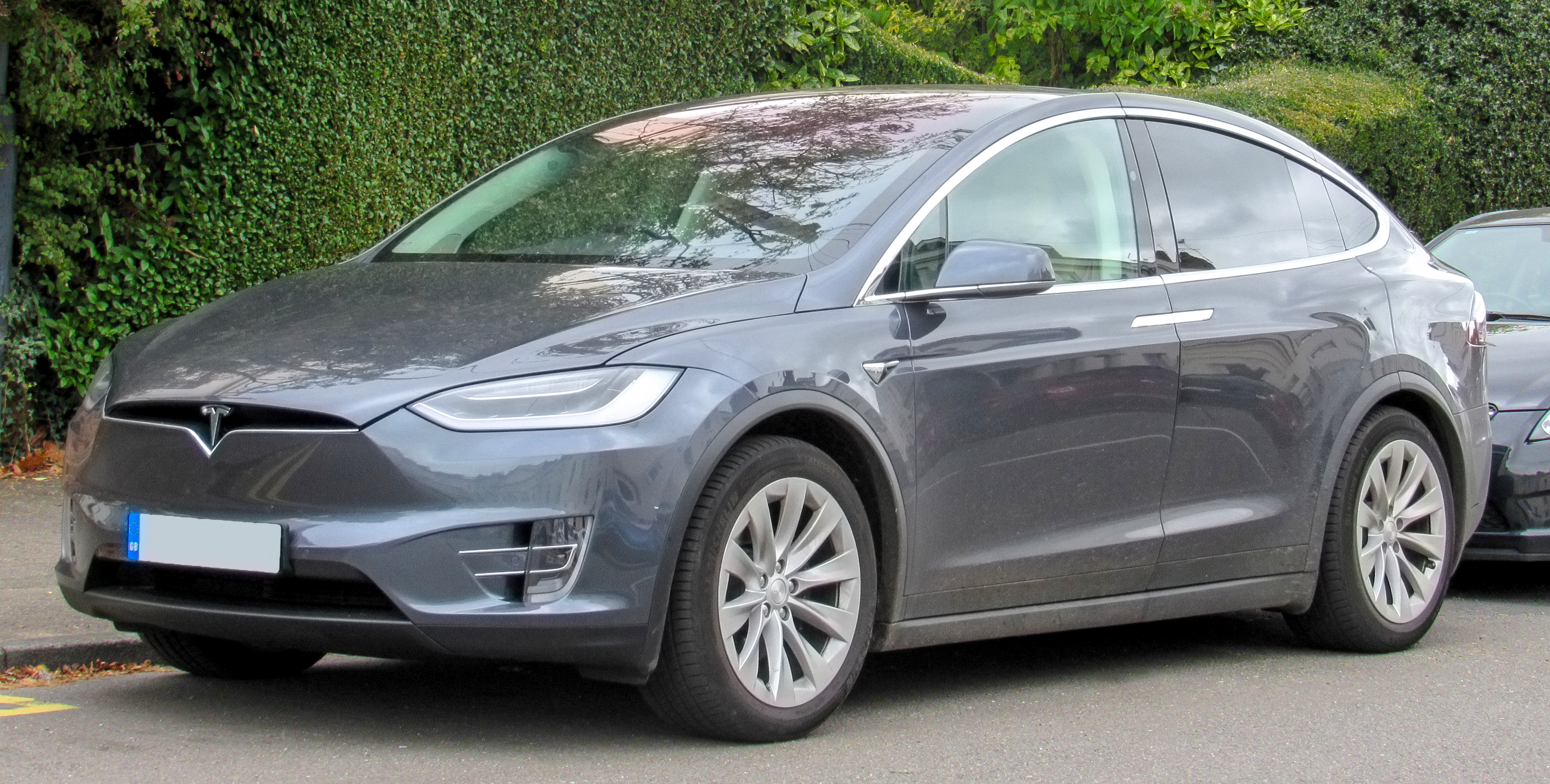
8. **Tesla Model X: Luxury Meets Longevity**: Tesla’s Model X, a premium SUV known for its distinctive design and advanced features, also demonstrates a remarkable capacity for enduring high mileage on its original battery. This vehicle proves that luxury and advanced technology do not come at the expense of long-term reliability, a crucial factor for a segment of the market where performance and durability are paramount.
A specific instance highlighted in industry reports involved a Tesla Model X 90D that successfully covered an astonishing 350,000 miles while still operating on its original battery pack. This individual achievement is further supported by broader fleet data. The 2023 Tesla Impact Report revealed that Model S and Model X vehicles, on average, experienced only a 12% reduction in battery capacity after achieving 200,000 miles of operation.
Such performance figures for a high-end electric SUV are significant. They dispel the notion that more complex or luxury EVs might be less durable, showcasing that Tesla’s engineering principles for battery longevity extend across its product line. The Model X stands as a compelling example of how advanced electric vehicles can serve as reliable workhorses, even under demanding and extensive use, making it a sound long-term investment.
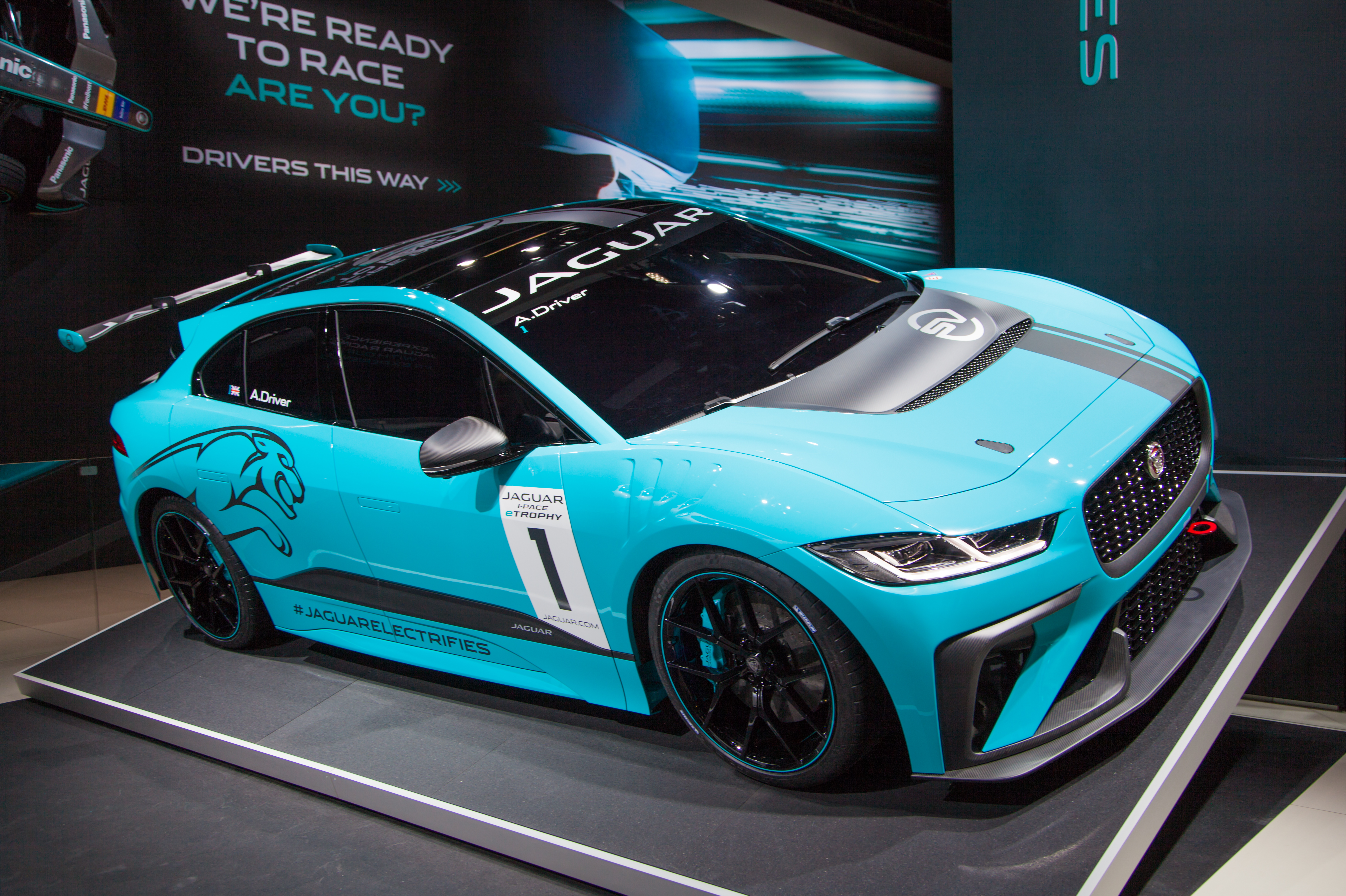
9. **Jaguar I-Pace: An Earlier Generation’s Resilience**: The Jaguar I-Pace, an early entrant into the premium electric SUV market, offers valuable insights into battery longevity from a slightly earlier generation of EV technology. While a comprehensive analysis by used EV dealer RSEV in the U.K. noted the I-Pace as having the “worst performance in the set” compared to more recent models, its inclusion in a data set of 300 medium- and high-mileage EVs is itself a testament to its ability to accumulate significant miles.
Being part of this high-mileage cohort, the I-Pace’s data provides crucial understanding of how battery technology has evolved. The RSEV analysis specifically mentions that the I-Pace “represents an earlier generation of battery production and management tech.” This context is important, as it highlights that even with less sophisticated battery management systems than today’s vehicles, these early luxury EVs were designed for considerable lifespans.
The I-Pace’s journey through hundreds of thousands of miles, even with a relatively higher degradation rate, underscores the fundamental robustness built into electric powertrains. It illustrates that even with preceding battery technology, electric vehicles are inherently capable of sustained high-mileage operation, paving the way for the even more optimized and durable EVs we see on the roads today.
As the world increasingly embraces electric vehicles, the future looks incredibly bright. The advancements in battery technology, coupled with a clearer understanding of battery care and robust economic considerations, are paving the way for a future where electric mobility is not only green but also remarkably reliable, economically sound, and a genuinely long-lasting investment for drivers worldwide. The days of questioning EV battery lifespan are rapidly becoming a relic of the past.



